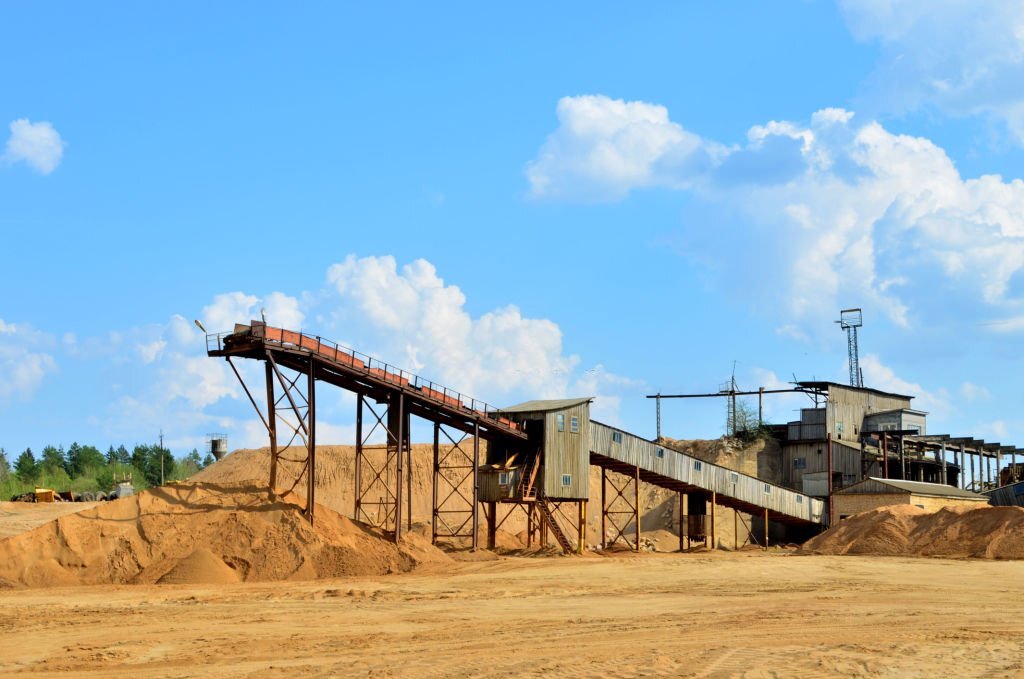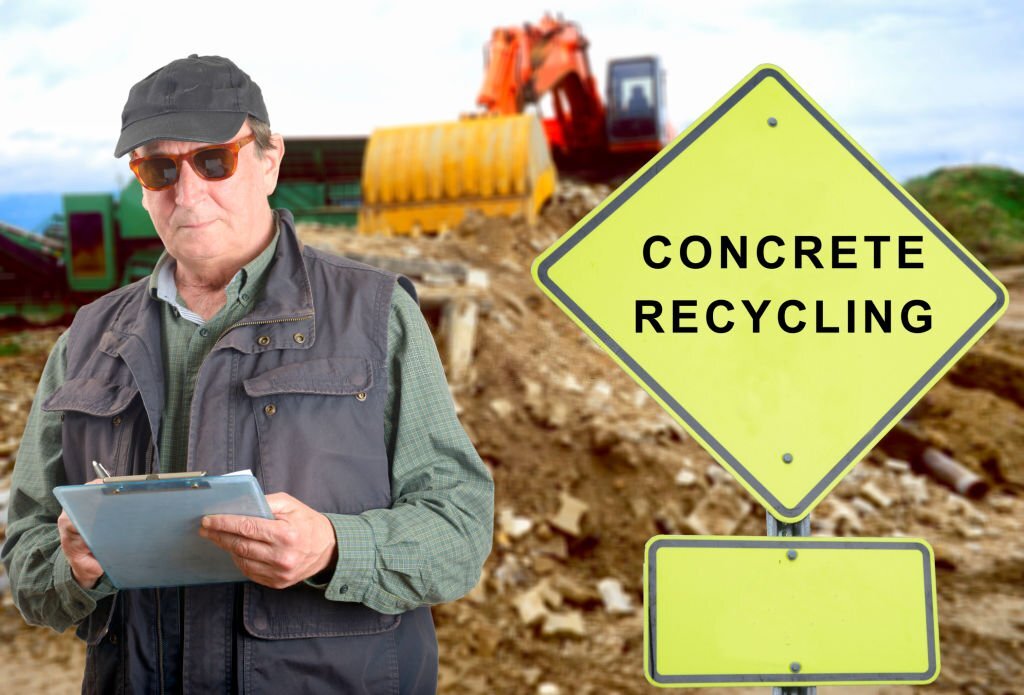When it comes to the world of construction, mining, and aggregates, crushing and screening equipment are the unsung heroes that make it all possible. These robust machines tirelessly break down materials, ensuring that projects move forward smoothly. However, to keep them operating at peak performance and to extend their lifespan, regular maintenance is essential. In this comprehensive guide, we will explore the maintenance requirements for crushing and screening equipment, offering valuable tips and best practices to ensure your machinery remains in top condition.

1. Regular Inspections

Routine inspections are the cornerstone of effective equipment maintenance. Ensure that your crushing and screening machinery is inspected daily or at least before each operation. Look for signs of wear and tear, loose bolts, damaged screens, and any abnormal noises. Address these issues promptly to prevent further damage and costly repairs.
2. Lubrication
Proper lubrication is vital to reduce friction and prevent premature wear and tear. Consult your equipment’s manual to identify the recommended lubrication points and schedules. Use the correct lubricants and ensure that all components receive adequate lubrication. Regularly check oil levels and change oil as needed.
3. Cleaning
Dust, dirt, and debris can accumulate on your equipment, leading to inefficiencies and potential damage. Regularly clean all surfaces, including screens, conveyor belts, and crusher chambers. A clean machine not only performs better but also helps in preventing corrosion.
4. Screen Maintenance
Screens play a critical role in the efficiency of your screening equipment. Inspect them for tears, holes, or blockages regularly. Replace damaged screens promptly to maintain accurate screening results and prevent contamination of the final product.
5. Conveyor Belt Inspection
Conveyor belts are the lifelines of your equipment, transporting materials from one process to another. Check for signs of wear, proper tension, and tracking regularly. Misaligned or loose belts can lead to equipment damage and downtime.
6. Component Replacement
Over time, various components such as belts, bearings, and hydraulic systems may wear out. It’s essential to have a spare parts inventory and replace worn components as needed to avoid unexpected breakdowns.
7. Training and Skill Development
Invest in training for your maintenance and operational staff. Well-trained personnel can identify issues early and perform maintenance tasks correctly, preventing costly errors.
8. Scheduled Maintenance
Create a maintenance schedule based on the manufacturer’s recommendations and your equipment’s usage. Regularly perform tasks like changing filters, inspecting electrical systems, and checking hydraulic fluid levels. This proactive approach can prevent major breakdowns.
9. Safety Precautions
Safety should be a top priority during maintenance activities. Always lock out and tag out equipment before performing maintenance tasks. Provide proper personal protective equipment (PPE) to your maintenance team, and ensure they are trained in safety protocols.
10. Documentation
Maintain detailed records of all maintenance activities, including inspections, repairs, and component replacements. This documentation can help in tracking the equipment’s performance over time and identifying recurring issues.
In conclusion, proper maintenance is the key to ensuring the longevity and efficiency of your crushing and screening equipment. By conducting regular inspections, following maintenance schedules, and investing in staff training, you can minimize downtime, reduce operational costs, and maximize the return on your equipment investment. Remember that a well-maintained machine not only performs better but also contributes to a safer and more productive work environment.

